Maxivolt Case Studies
Get insight into the world of surge suppression and witness some of the innovative solutions we’re implementing for clients around the world.

Food Processing
Food Processing KEY INSIGHT Manufacturing capacity and efficiency have seen huge growth through technological advancements in recent years, but this progress comes with new challenges.

Water Treatment
Water Treatment KEY INSIGHT Disrupted groundwater production, treatment, and distribution can affect the health and welfare of communities, not to mention hampering industrial operations and
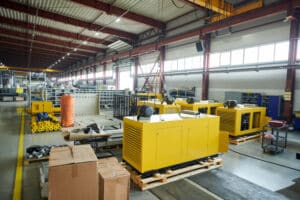
Manufacturing
KEY INSIGHT Technological advancements in manufacturing have provided a major growth in production capacity and efficiency. Unfortunately, the electronic components that make these advancements possible

Oil Production
KEY INSIGHT Reacting to unplanned maintenance issues prevents teams from being able to focus on important tasks and projects. Not only is this frustrating, but
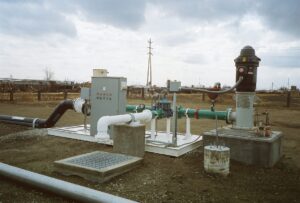
Water Production
KEY INSIGHT Reliable groundwater production is mission-critical to many communities, industrial operations, and other establishments. Replacing a downhole pump is typically a painful and expensive

Lighting
KEY INSIGHT New lighting technologies have overtaken the lighting industry based on low energy consumption and long-life expectancies. The energy savings are real, but many
Maxivolt Tech Notes
Understand transient voltage through real-world application.
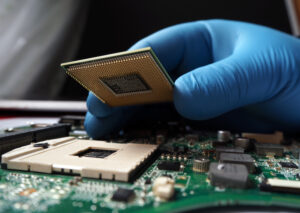
How Transient Overvoltage Affects Microprocessor Logic
Transient overvoltage events—such as lightning, switching surges, or electrostatic discharge (ESD)—introduce brief but disruptive voltage spikes into microprocessors. These transient overvoltages induce logic faults that manifest as unexpected malfunctions or system errors.

How to Reduce Electrical Failure In Mini-split Units
While mini-split systems, also known as ductless systems, are hailed for their flexibility and energy efficiency, they are prone to electrical issues.
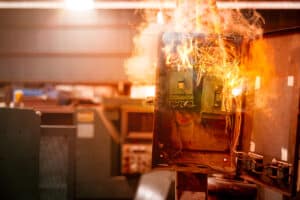
Persistent Equipment Failures Despite SPD Usage: Unveiling Potential Causes
SPDs are essential components in safeguarding electrical systems from damaging voltage spikes and surges. However, their effectiveness can be compromised by a variety of factors, including oversizing, improper grounding, and insufficient protection. Moreover, issues such as TOV, voltage sags, spikes, harmonics, and frequency variations present additional risks that must be addressed through a comprehensive approach to power quality management. Implementing well-rounded surge protection strategies and power quality improvements can help extend the life of equipment, reduce operational downtime, and ultimately save on costly repairs and replacements.

Best Practices: Extending the Life of Lithium-Ion Batteries
Optimizing lithium-ion battery lifespan requires understanding how environmental conditions, SoC management, charging/discharging rates, and current exposure impact battery health. With careful handling and modern technology such as BMS, controlled charging infrastructure, and surge protection, users can significantly extend the lifespan of these essential power sources, ultimately reducing environmental impact and lowering costs over time.
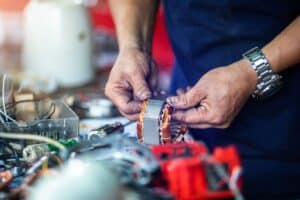
Identifying the Root Cause of Motor Failure
As motors become increasingly sophisticated, the potential for failure due to a combination of mechanical and electrical factors grows. Understanding the root cause of motor failures is essential to minimize costly downtime and ensure long-term reliability.
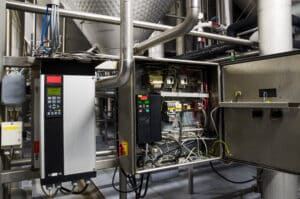
Solutions to Common VFD Faults
Solutions to Common VFD Faults Key Takeaways Variable Frequency Drives (VFDs) are highly susceptible to environmental conditions. Regular maintenance is key to VFD longevity. Maintenance

Power Quality Monitoring Devices: Recording Transient Voltage
Power Quality Monitoring Devices: Recording Transient Voltage Key Takeaways Power quality monitoring (PQM) devices are not uniformly regulated in how they measure power quality events.

Concerns with Common Mode SPD Application
Concerns with Common Mode SPD Application Key Takeaways Common mode (phase-to-ground mode and neutral-to-ground mode) suppression can create unwanted performance outcomes for end users. Common
Over 36 Years Experience & Knowledge Protecting Industries from Transient Voltage
Product selection, placement, and installation are critical to the performance of a surge suppression system. Maxivolt determines what devices are needed based on the immunity level of the specific electrical load to be protected. The placement of the devices is then determined based on the ideal location to maximize protection against both externally and internally generated power surges. Next the device must be installed as “the path of least resistance” in the system. Coordination of these 3 critical factors ensures the client’s surge suppression system will perform to its optimum capabilities.



